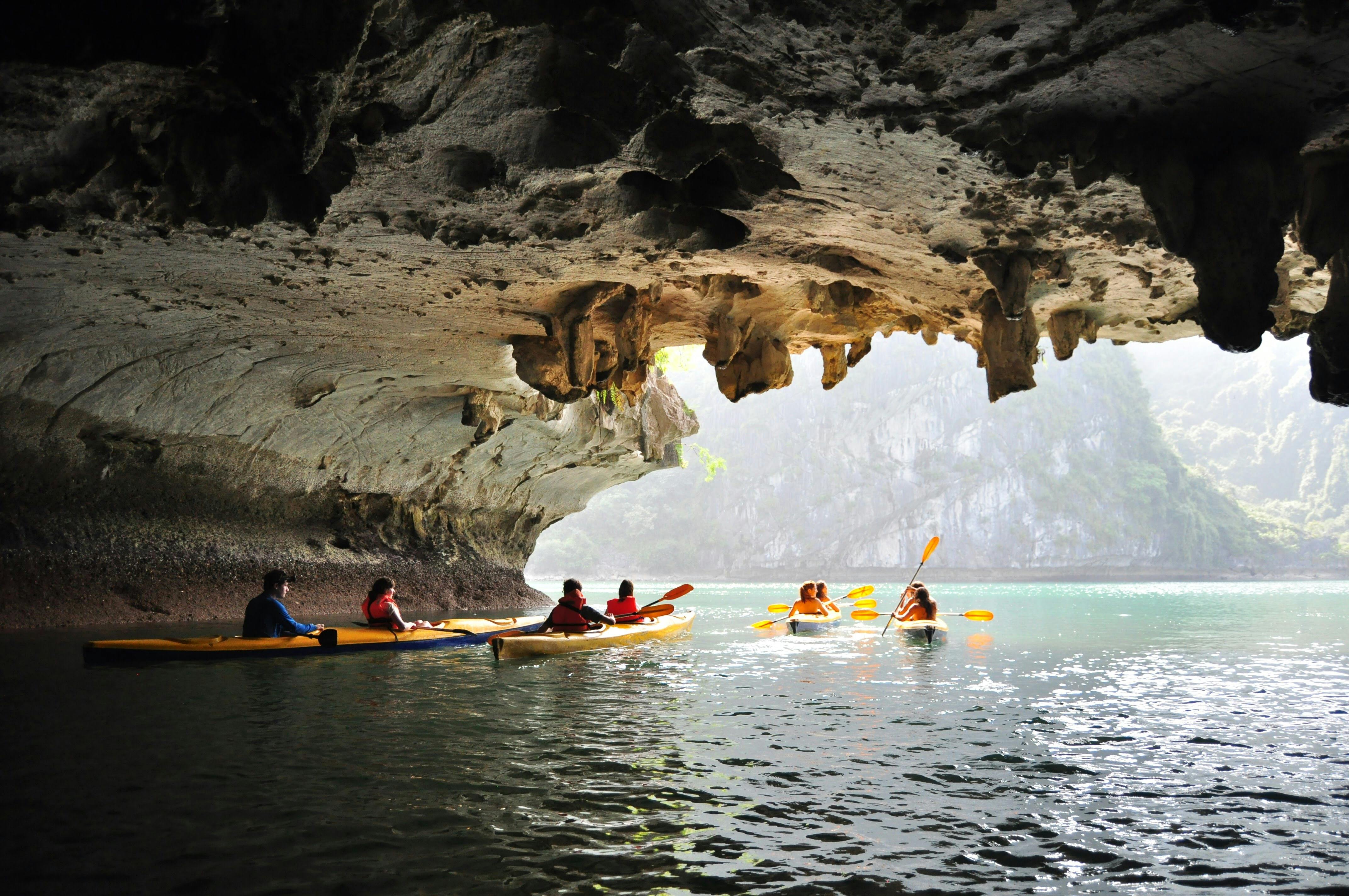The name of this tour alone is enough to build anticipation and evoke images of wild creatures, sprawling landscapes and the drama of life and death in the rugged Tanzanian wilderness. This great Tanzanian safari loop is to be enjoyed, not rushed, and takes around two weeks to complete. However, by the end of those two weeks, you’ll feel like you’ve had the ride of a lifetime.
Lake Manyara
After spending the night in Arusha, the gateway to northern Tanzania, the safari will begin with a stop at Lake Manyara. The name of this national park is taken from the Maasai word for the euphorbia tirucalli shrub, used for thorny hedges to protect their livestock. The park itself is staggeringly beautiful: a true panorama of lush vegetation and tropical forest on the floor of the Great Rift Valley. Bird life is abundant here, with pelicans, hornbills and flamingos all to be seen. Other wild creatures residing in the area include elephants, buffaloes, zebras, giraffes, various antelopes and the rare tree-climbing Manyara lion.
Lake Natron
Heading north past Ol Doinyo Lengai, an active volcano, the next destination is Lake Natron. Even the journey from one lake to another is a delight, passing Masai villages, bee boxes and termite mounds. You might even spot some amazing game or bird species along the way! Upon arriving at Lake Natron, you immediately come across the large number of flamingos that gather on the shores to feed on the zooplankton of the alkaline waters. The highlight, however, is the chance to walk along the Ngare Sero River, which flows into the lake. After a challenging hike, you arrive at the source of the river, a torrent of waterfalls and pools where, weather permitting, you can cool off under the waterfall’s waters.
serengeti
This corner of Tanzania needs little introduction. The ‘endless plains’ for which this national park was named by the Masai so many years ago are home to a wealth of fabulous species. Wildebeest, lions, elephants, giraffes, zebras, baboons, hippos, rhinos, antelopes and more than 400 species of birds are found here, enacting their daily dramas of hunt and chase, birth and death. Of course, the most dramatic spectacle of all is the Great Wildebeest Migration, and if you time it right, you could witness this wonder of nature during your safari circuit.
Lake Victoria
Another name that awakens your sense of adventure, inviting you to put on your safari hat and discover the shores of the sea for yourself. This vast body of water is surely the largest of the African Great Lakes. Heading even further west from the Serengeti, the shores of Lake Victoria are dotted with villages and farmland, which appear to have changed little since Livingstone “discovered” the lake some 150 years ago. In Speke Bay, the fishermen still use their traditional fishing methods and are happy to share them with visitors on a boat ride on the waters. Back on land, the women toil in the fields or seek shade from the scorching sun. A trip to this corner of the world is a chance to meet the real people of this beautiful country and to realize that Tanzania is more than just a game of observation.
Ngorongoro
After the calm and tranquility of Lake Victoria, another night is usually spent in the Serengeti, this time further south, after which it is time to visit the Ngorongoro crater. This vast volcanic caldera, the legacy of a massive volcanic implosion and collapse some 2-3 million years ago, will challenge and delight the senses at the same time. In some ways it seems like a world unto itself – as you descend the 2000ft high crater walls and reach the bottom of the crater, enveloped by the green surroundings, you can easily imagine why this is often described as a sanctuary. “natural” for animals. The truth is that any of the 20 to 25,000 large mammals that reside here could leave if they wanted to. The fact is that they stay because the conditions here are favorable. The great concentration of wildlife is amazing!
Lake Eyasi
Lake Eyasi is home to the Hadzabe Bushmen, an ethnic group of hunter-gatherers who live in complete harmony with nature and are among the world’s last click-speaking indigenous peoples. The wealth of knowledge about the local flora and fauna is extensive, and during the days you spend with the Hadzabe people, on their traditional hunting trails, you are sure to gain much of it yourself. This is a truly off the beaten path experience not found on your average safari.
Tarangire
Heading north again, your circuit is almost complete with your final safari stop at Tarangire. Colossal baobab trees dot the landscape here, tricking the eye as you watch an elephant or giraffe, which somehow appear small, wandering under the branches of these majestic trees. The elephant population is driving here, with some 6000 elephants residing within the national park boundaries. The sight of a herd of these creatures, slowly meandering, swaying across the Tarangire plains, is the perfect way to end your own Grand Circuit Safari.
And here it ends. Many guests will spend another night in Arusha to relax, inhale the country air and digest the sights they have seen and the experiences they have had. Some may even spend an extra day here, hiking in Arusha National Park. Regardless of what you decide to do, by the end of this great journey, you will feel that you have at least traveled a path to experience this diverse, beautiful and truly fascinating country.




Recent Comments